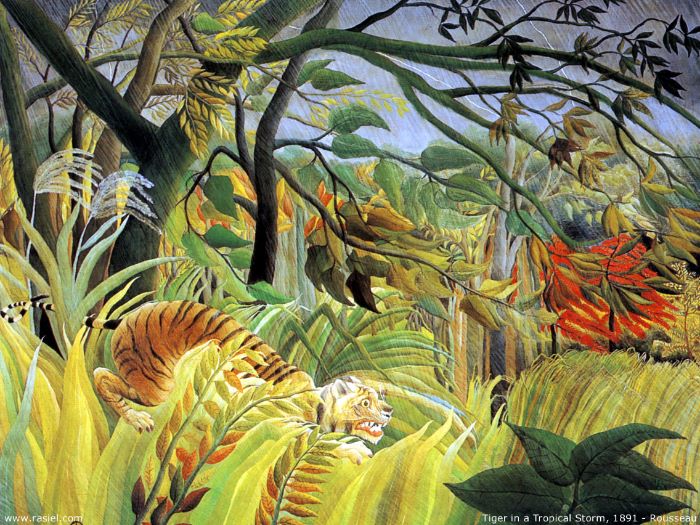The Irish Teacher's Resources
Mainly KS2 resources for English, Maths, Science and some topic also. Most of my resources include a lesson plan, presentation, activities and differentiated tasks. Please leave a review on any of my resources in which you purchase so I can use your feedback positively. I have taught the majority of these lessons and they have worked well. All lessons coincide with the National Curriculum 2014 and have been approved by my subject leaders. Hope they are useful :)
























